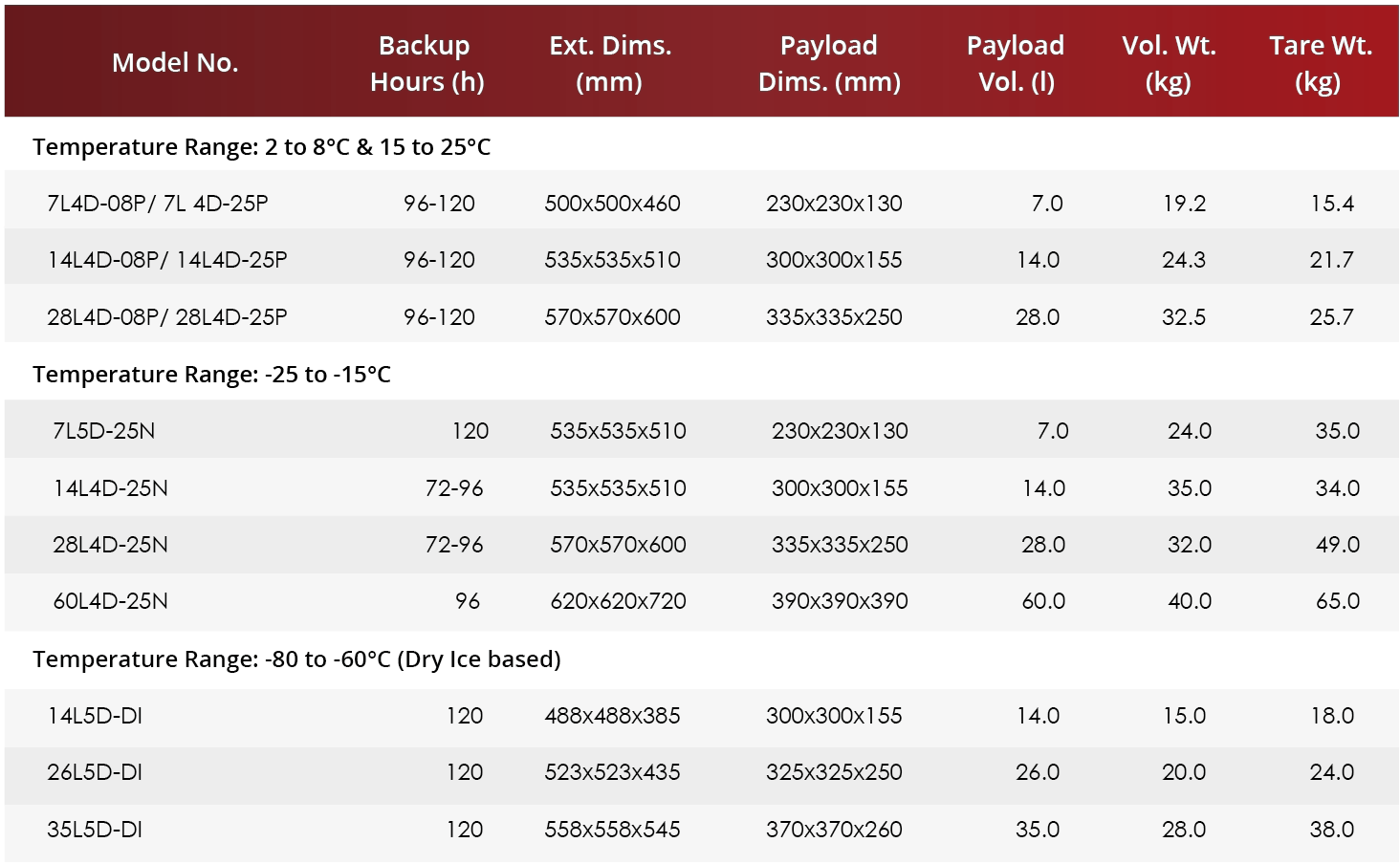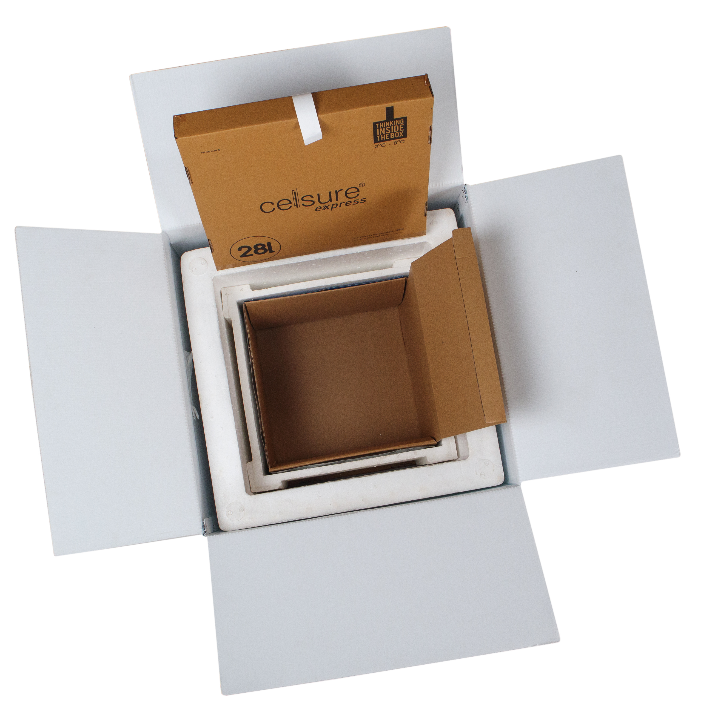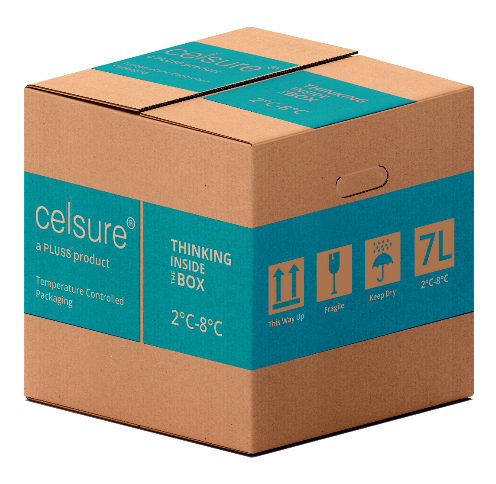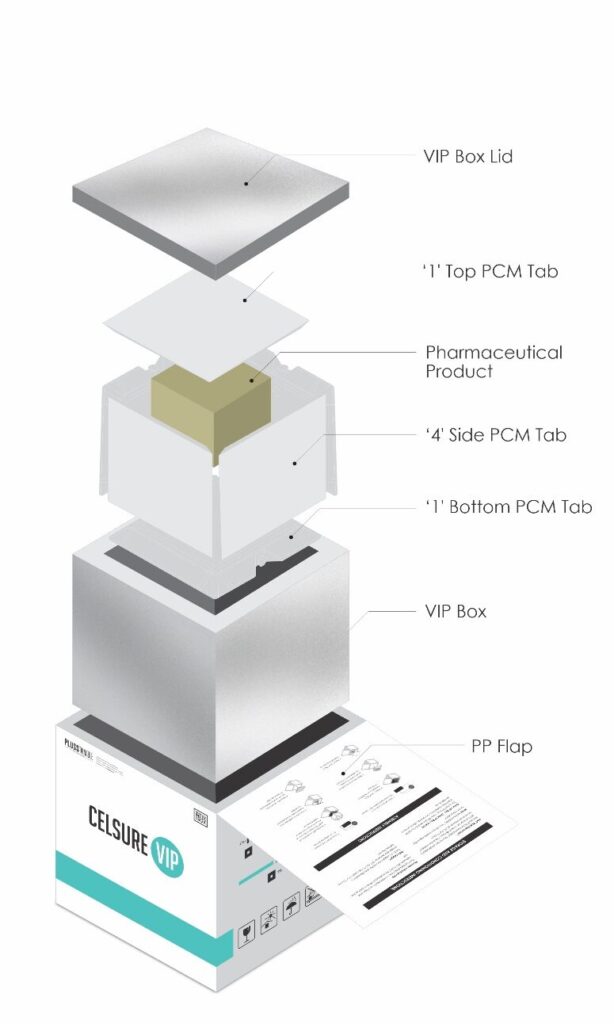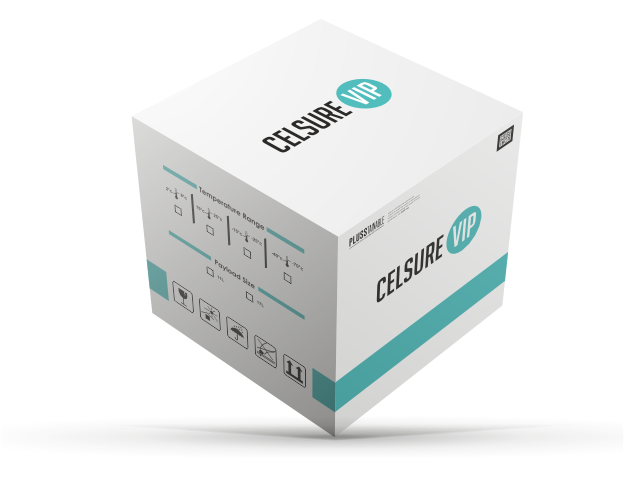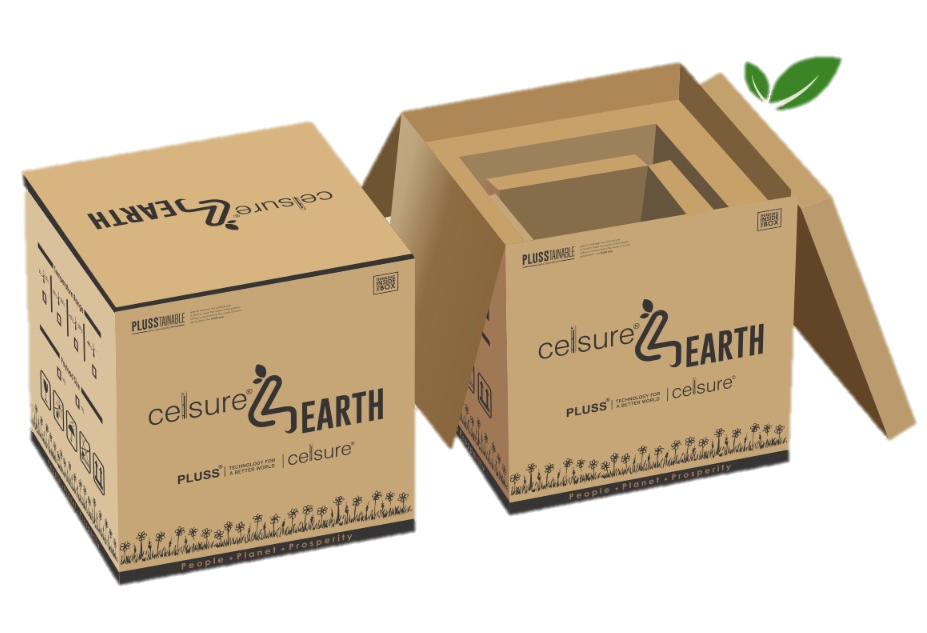Introduction
Safety and durability are paramount when you choose your ideal vehicle. Considering fuel-fuel free and zero emissions transportation as a primary factor, have you ever wondered how Electric Vehicles outperform the Internal combustion Engine (ICE) incumbent maintaining Electric Vehicles(EV) efficiency and reliability?
Choosing an electric vehicle (EV) often comes with a myriad of questions. Imagine a technology that keeps your EV battery balanced in dynamic weather conditions, ensuring peak performance through innovative Thermal Management Techniques. Indeed, we will choose that vehicle with packed advantages and features like durability, range, IOT, and so many others.
This blog deeply explores the passive thermal management ability of Phase Change Technology (PCM) and its groundbreaking innovation by Pluss® Li-ion thermal management techniques for electric vehicles.
The Challenge of Temperature Control in Electric Vehicle Batteries
Does the climate bother your Electric Vehicle because it struggles to offer the claimed range and longer than expected charging time? EV batteries are like athletes—they perform best in their “goldilocks zone,” not too hot, not too cold. Essentially for li-ion cell temperatures below -5 deg C and above +45 deg C are detrimental to the life cycle and performance. Therefore, extreme weather can tip the scales, leading to faster degradation, reduced range, or even safety concerns.
A crucial solution for overcoming all the above problems is Thermal Management Techniques, which help to balance:
- Temperature fluctuations
- Unequal impedance distribution
- Dynamic heat transfer efficiency
- Prolongation of thermal runaway event
Pluss® offers a passive cooling solution using Phase Change Materials (PCM) Technology, ensuring safety, durability, and longevity for EVs. This integrated technology is the real game changer in the realm of Electric Vehicles.
Phase Change Materials (PCM) Technology: A Revolutionary Approach
Thermal management is one of the critical factors in safeguarding optimal temperature regulation and system efficiency. It includes:
- Active Cooling
- Passive Cooling
- Passive Cooling using Phase Change Material (PCM)
Passive Cooling using PCM is considered the best option for maintaining effective Thermal Management Techniques since it does not demand energy to generate cooling, which inturn leaves the manufacturers to utilize battery capacity to improve range. Secondly, active cooling is not a feasible option in 2 & 3 wheelers as it would add significant burden on the weight and cost of the 2 wheelers. PCMs absorb and release heat as it transits between a solid and liquid state to maintain a stable temperature.
There are many advantages added to the PCM’s cap, which makes it unique to:
- Maintain a uniform temperature across the battery module
- Mitigate propagation of heat from cell-to-cell in the event of a fire.
- Improve the usable capacity of the li-ion cell by 25%
- 50% increase in life of the battery pack
Integrating PCMs into Electric Vehicle Battery Packs
There are many variants of PCM and selection of the most optimum PCM depends on three major factors – Long term compatibility with interfacing components, Thermal characteristics, ease of serviceability.
These tests validate the material’s ability to maintain battery performance under extreme conditions, offering insights into its durability and safety features. The destructive test validates the material’s ability to prolong or mitigate thermal runaway event (Uncontrolled kinetic chain reaction between cells, which is caused due to heat).
The tests and feedback demonstrates the following:
- The battery capacity has been increased to 22%-24%.
- With the integration of PCM, the thermal regulation time increased from 27 minutes to 50 minutes at peak current.
- A thermal runaway event can be prolonged by 4X.
- Extremely easy to remove incase of a demand for servicing.

Fig: Illustrating the effect of thermal runaway
Benefits of PCM Technology for Electric Vehicle Batteries
PCM integration in EV batteries holds numerous benefits, including innovative solutions that will lead to revolutionary changes with cutting-edge Thermal Management Techniques in the world of Electric Vehicles.
Below are some of the innovative benefits of PCM integration in Electric Vehicles:
- 20% of the battery energy saved per cycle
- Battery longevity – 5 to 7 years
- Eco-friendly Environment
- Cost-efficient and low operation costs

The Future of PCM Technology in EV Thermal Management
The PCM technology in Electric Vehicle Thermal Management is quite challenging; much like a balanced diet for the human body, the battery requires thermal stability to optimally feed the energy and extraction of this energy. While PCM today is gaining fast traction in the systems without active cooling, at Pluss’ we are working towards optimizing efficiency of active cooling systems. This would mean more power with the same battery capacity or opportunity to reduce the battery capacity, making a case for PCMs to boost performance.



